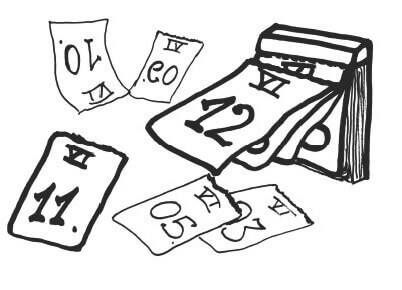In principle, there are no restrictions with regard to age or existing concomitant diseases. In children with congenital facial paralysis, dynamic reconstruction with free muscle transplantation is possible from the age of five years. At that time, the structures are large enough to safely perform microsurgical procedures. The time about one year before school enrollment is favorable, as the intervention can help to avoid teasing at school. A certain "cerebral plasticity" is still present in children and adolescents. This means that the brain has the ability to adapt intuitively to new functions after rearrangement of nerves, transplantation of donor nerves, and introduction of functional muscles from other parts of the body.
With younger patients, the chance is particularly high that the changes will be naturally incorporated into the blueprint of facial expressions and that they will use their newly restored functions in a natural, spontaneous way. If nerve rearrangements and transplants are possible (see timing), they are performed up to an age of 70-75 years. Muscle replacement operations (motor replacement plastic surgery, tendon rearrangements) and static suspension plastic surgery can then be considered to improve function.
In cases of an advanced state with chronic facial paralysis the original mimetic muscles are lost, thus new muscles have to be introduced in order to improve the dynamics of facial expressions. Muscle transfers and are possible from the age of 5 to about 75 years. Even in cases of irreversible facial paralysis, muscle replacement operations (motor replacement plastic surgery, tendon rearrangements) and static suspension plastic surgery can be used to improve function. They promise significant improvements in form and function. The eye complex is rarely needs to be corrected in young patients, even in the case of complete facial paralysis, as there is usually still sufficient lid closure and adequate wetting of the cornea. However, the need for correction often develops over the years and decades. Even after the introduction of free functional muscle flap surgery and, if necessary, additional static suspension to improve symmetry, further corrections may be necessary in later years because the tissue of the paralyzed half of the face descends with aging much faster. Here, minor corrective interventions, such as a face lift or a lower lid reconstruction with autologous tissue, can help.
